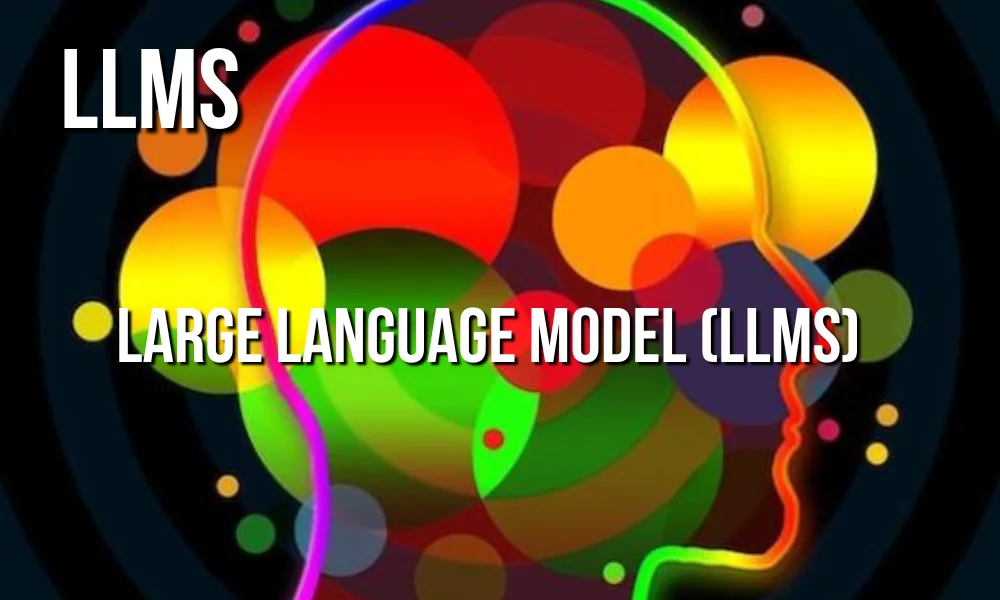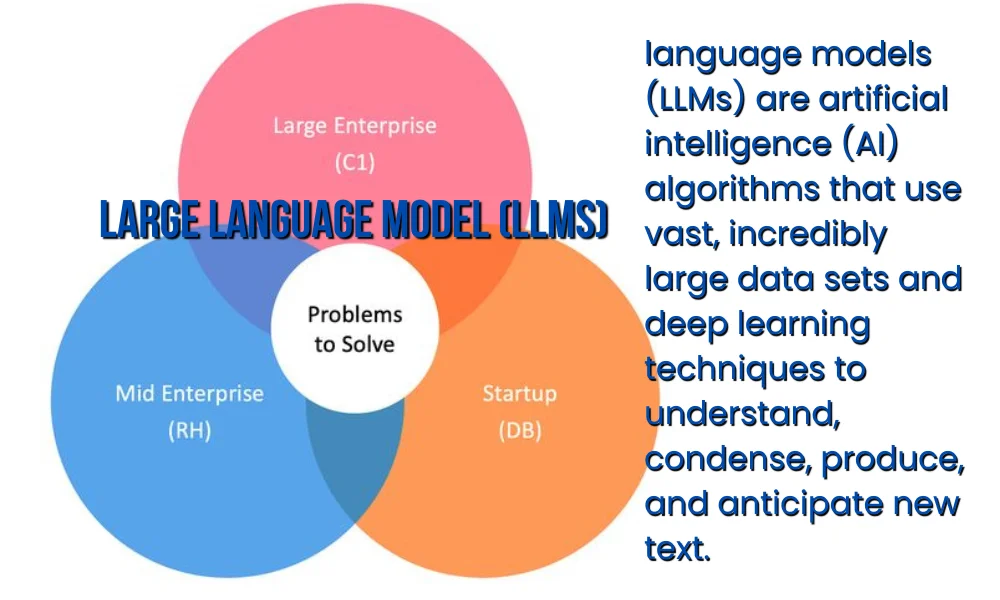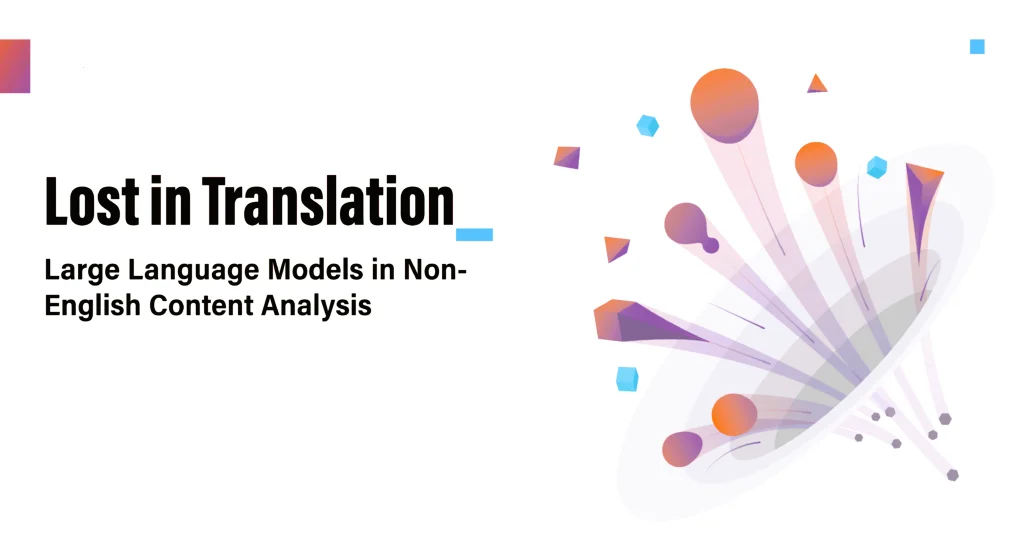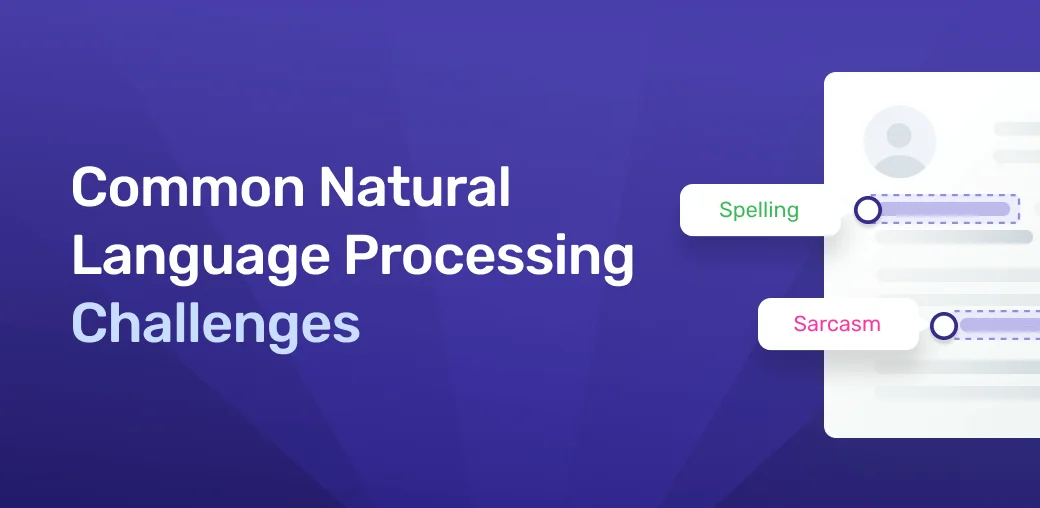LLMs
large language model (LLMs) In 2023
An artificial intelligence (AI) algorithm known as a large language model (LLM) employs deep learning methods and extraordinarily big data sets to comprehend, condense, produce, and anticipate new text.
The phrase “generative AI” is also closely related to LLMs, which are actually a subset of generative AI designed exclusively to support the creation of text-based content.
Humans have been using spoken languages to communicate for thousands of years. All kinds of human and technical communication are based on language, which supplies the words, semantics, and grammar required to transmit ideas and concepts.

A language model has a similar function in the field of AI, acting as a foundation for communication and the creation of new ideas.
Training LLMs
To get familiar with the statistical characteristics of language, LLMs need to undergo rigorous training on huge datasets.
Unsupervised learning is frequently used in the training phase, where the models forecast missing or obscured words in a certain environment.
The practice of pre-training and fine-tuning is a common training strategy. The model is trained on a big corpus of text data during pre-training, and it is then fine-tuned for particular downstream tasks like language translation, summarization, or question-answering.
The origins of the first AI language models can be found in the early history of AI. One of the oldest instances of an AI language model is the ELIZA language model, which made its debut in 1966 at MIT.
Each language model initially trains on a collection of data, then uses a variety of methods to infer relationships and create new content using the trained data.
In natural language processing (NLP) applications, where a user enters a query in natural language to get a result, language models are frequently utilised.
An LLM is a development of the language model idea in AI that significantly increases the amount of data utilised for inference and training. As a result, the AI model’s capabilities have greatly increased.
An LLM normally includes at least one billion parameters, while there isn’t a defined size for the data set that must be used for training’s variables that are present in the model that was used to train it and can be utilised to infer additional content. These variables are referred to as parameters in machine learning.
Transformer neural networks, often known as transformers, are used in modern LLMs, which first appeared in 2017.
LLMs are able to comprehend and produce accurate replies quickly with a wide number of factors and the transformer model, which makes the AI technology generally relevant across many different disciplines.
The Stanford Institute for Human-Centered Artificial Intelligence first used the term foundation models to describe some LLMs in 2021. A foundation model is so substantial and significant that it acts as the basis for additional optimisations’ and particular use cases.
How do large language models work?
In that method, unstructured and unlabeled data are used to train the model. The advantage of using unlabeled data for training is that there is frequently much more data available.
The model now starts to infer connections between various words and concepts.

What are large language models used for?
- Text generation. One of the main use cases is the LLM’s capacity to generate text on any subject it has been trained on.
- Translation. The capacity to translate from one language to another is a characteristic of LLMs who have received multilingual training.
- Content summary. Pages or portions of material can be summarized using LLMs.
- Rewriting content. Another skill is the capacity to rewrite a passage of text.
- Classification and categorization. A LLM has the ability to organize and classify content.
- Sentiment analysis. For users to better grasp the intent of a piece of material or a certain response, sentiment analysis can be applied with the majority of LLMs.
- Conversational AI and chatbots. Compared to earlier generations of AI technologies, LLMs can make it possible to have a discussion with a user that usually feels more natural.
With a chatbot, which can take on a variety of different shapes and engage users in a query-and-response format, conversational AI is used frequently. The GPT-3 model from Open AI is the foundation of ChatGPT, one of the most popular LLM-based AI chatbots.

What are the advantages of large language models?
LLMs offer users and organizations a number of benefits, including:
- Extensibility and adaptability. LLMs might provide the basis for specialised use cases. An LLM can be enhanced with further training to provide a model that is perfectly suited to the demands of a given organisation.
- Flexibility. Across organisations, users, and apps, one LLM can be used for a wide variety of functions and deployments.
- Performance. Modern LLMs are frequently high-performing and capable of producing quick, low-latency replies.
- Accuracy. The transformer model may give higher and higher levels of accuracy as the number of parameters and the amount of learned data increase in an LLM.
- Ease of training. The training process is sped up by the use of unlabeled data by many LLMs.
What are the challenges and limitations of large language models?
- Development costs. Large quantities of expensive graphics processing unit hardware and significant amounts of data are typically needed for LLMs to function.
- Operational costs. The cost of running an LLM for the host organisation might be very expensive after the training and development phase.
- Bias. Any AI trained on unlabeled data runs the danger of bias because it’s not always evident that preexisting prejudice has been eliminated.
- Exploitability. Users do not find it simple or straightforward to describe how an LLM was able to provide a particular outcome.
- Hallucination. When an LLM responds incorrectly and without using trained data, this is known as AI delusion.
- Complexity. Modern LLMs are extremely complex technologies that can be quite difficult to troubleshoot due to their billions of parameters.
- Glitch tokens. Since 2022, a pattern of maliciously created prompts known as “glitch tokens” that break an LLM has been on the rise.
What are different types of large language models?
 The many kinds of huge language models are described by a growing vocabulary. The following are some examples of typical types:
The many kinds of huge language models are described by a growing vocabulary. The following are some examples of typical types:
- Zero-shot model. This is a sizable, generalized model that may provide results for common use scenarios without further training by being trained on a huge corpus of generic data. The GPT-3 model is frequently regarded as zero-shot.
- Fine-tuned or domain-specific models. domain-specific or fine-tuned models. On top of a zero-shot model like GPT-3, additional training can produce a refined, domain-specific model. One such is OpenAI Codex, a programming-specific LLM built on the GPT-3 standard.
- Language representation model. Bidirectional Encoder Representations from Transformers (BERT), a language representation model that uses deep learning and transformers well suited for NLP, is one illustration.
- Multimodal model. Originally, LLMs were just designed to handle text, but using a multimodal approach, both text and images can be handled. This is exemplified by GPT-4.
The future of large language models
It’s also conceivable that future generations of LLMs will perform better than the current generation in terms of assigning credit and offering more thorough justifications for how a certain result was produced.
LLMs have the ability to have an impact on many industries and influence the direction of communication due to their enormous size and contextual awareness.
To reduce potential hazards, it is essential to address the ethical issues surrounding their use and ensure responsible deployment.
The impact of LLM technology on society will undoubtedly increase as it develops, shaping how we use language in the digital future.

Here are some frequently asked questions (FAQs) about LLMs (Large Language Models):
A common technique is pre-training and fine-tuning, in which the model is first trained on a big corpus of text data before being adjusted for certain downstream tasks.
LLMs are also employed for text-generation activities like dialogue systems, chatbots, and content production. They have been shown to be successful in personalized suggestions, information retrieval, and machine translation.
However, their effects also prompt moral questions about prejudice, false information, privacy, and job displacement. It is crucial to deploy responsibly and address these issues.

